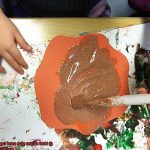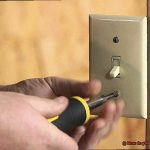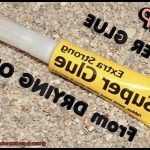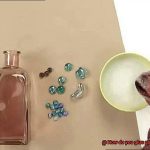Welcome, mold warriors. Sick and tired of battling that slimy, sneaky mold monster in your home? We feel your pain. Mold not only ruins the aesthetics of your space but can also wreak havoc on your health. But fear not, my friend, because we’ve got the ultimate guide to help you keep things mold-free and protect your precious belongings from this nasty intruder.
In this blog post, we’re going to spill the beans on some top-notch tips and tricks straight from the experts. We’ll show you how to banish mold with simple housekeeping habits and clever storage solutions that will make mold tremble in its spores. So grab a steaming cup of tea, get cozy, and prepare to dive headfirst into the world of mold prevention.
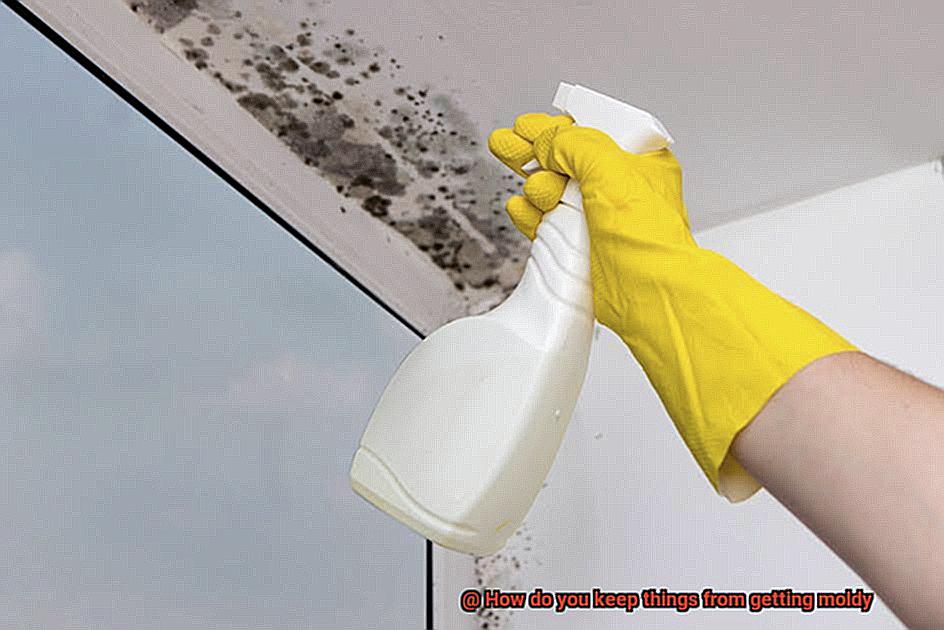
Say goodbye to those fuzzy green invaders once and for all – it’s time to reclaim your space.
Keeping the Environment Dry and Well Ventilated
Contents
- 1 Keeping the Environment Dry and Well Ventilated
- 2 Regularly Cleaning and Inspecting Your Belongings
- 3 Proper Storage Techniques
- 4 Maintaining Your Home’s Infrastructure
- 5 Choosing Mold-Resistant Materials
- 6 Utilizing Air Conditioners or Dehumidifiers
- 7 Providing Adequate Ventilation
- 8 Addressing Leaks and Water Damage Promptly
- 9 Conclusion
Keeping the environment dry and well ventilated is of utmost importance when it comes to preventing the growth of mold. Mold, a type of fungus, thrives in moist and humid conditions. By controlling humidity levels and promoting proper air circulation, you can effectively keep mold at bay and maintain a healthy living space.
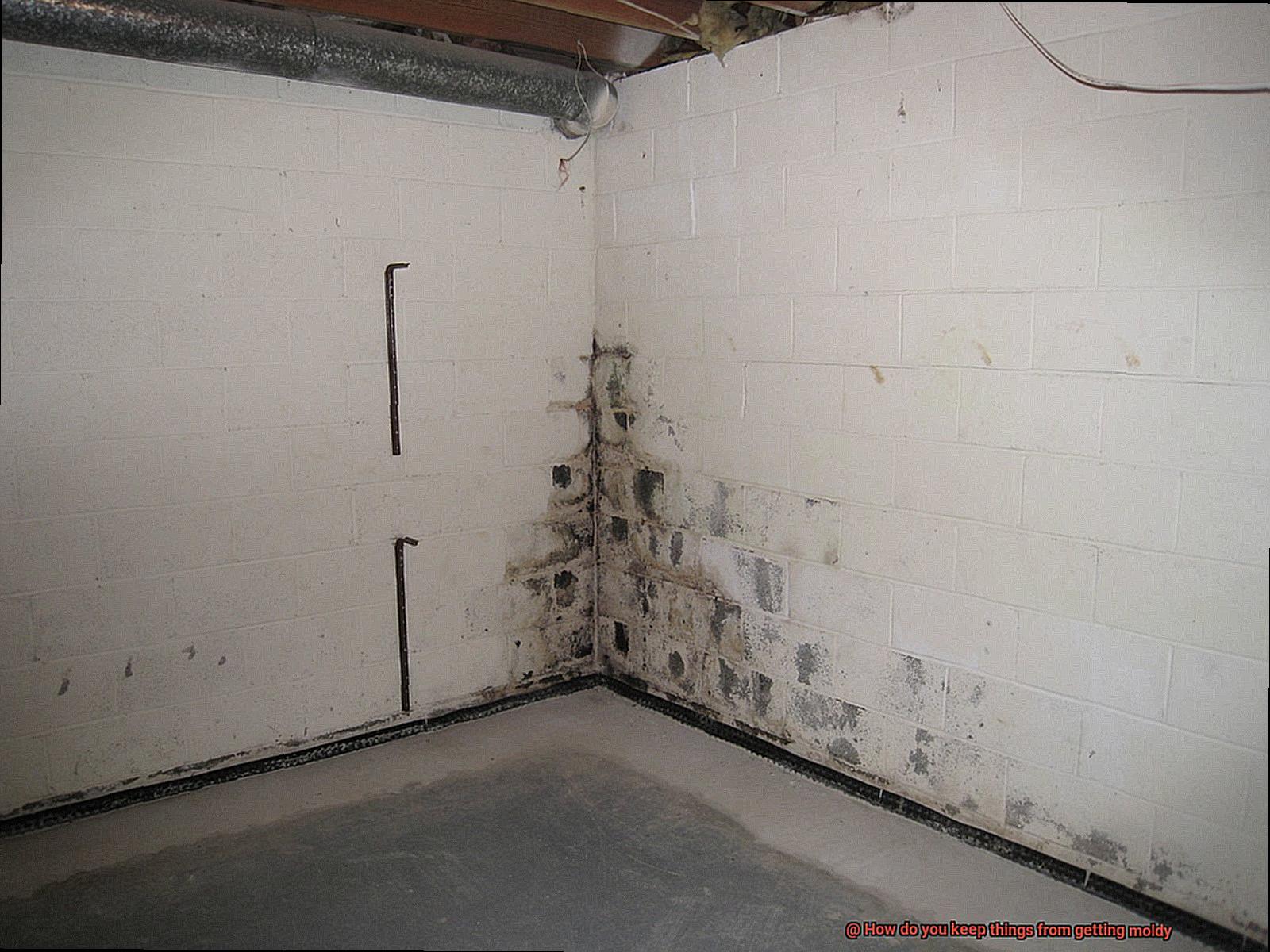
To achieve optimal humidity control, it is recommended to maintain indoor humidity levels between 30% and 50%. This can be achieved through the use of dehumidifiers in areas prone to moisture, such as basements, bathrooms, and kitchens. Additionally, ensuring that your home has proper insulation and ventilation will help prevent moisture from seeping in.
Promptly fixing any leaks is crucial in preventing mold growth. Regularly inspect your plumbing system for any signs of leaks and address them immediately. This includes checking faucets, pipes, toilets, and appliances that use water. Don’t forget to also check for roof leaks, as they can be a significant source of moisture.
Proper ventilation plays a vital role in preventing excess moisture buildup. It is essential to ensure that your home is well-ventilated by opening windows and using exhaust fans in areas where moisture is generated, such as bathrooms and kitchens. If necessary, investing in additional ventilation systems or using portable fans can greatly improve airflow.
Air conditioning not only cools the air but also helps reduce humidity levels. Regular maintenance of your air conditioning system, including cleaning or replacing filters regularly, will promote a comfortable indoor environment while inhibiting mold growth.
Keeping surfaces dry is another key aspect of mold prevention. Mold can start growing on damp surfaces within 24-48 hours. After any water-related activities, such as showering or cooking, it is important to wipe down surfaces with a dry cloth or towel. Pay special attention to areas prone to moisture, such as countertops, sinks, and shower stalls.
In areas where moisture is a concern, using moisture-absorbing materials like silica gel packets or moisture-absorbing crystals can be beneficial. These materials can be placed in closets, storage containers, or other enclosed spaces to help control humidity levels and prevent mold growth.
Regularly Cleaning and Inspecting Your Belongings
Regularly cleaning and inspecting your belongings is not just a chore, but a crucial step in maintaining a clean and healthy living space. Mold, the pesky fungus that thrives in damp and dirty environments, can wreak havoc on your belongings if left unchecked. So, let’s dive into the importance of this topic, exploring key points that will help you keep mold at bay.
Firstly, let’s talk about dust and dirt. These seemingly harmless particles are actually breeding grounds for mold spores. Regularly dusting and cleaning your belongings will remove potential food sources for mold, making it harder for those pesky spores to take hold. So grab a microfiber cloth or vacuum cleaner with a HEPA filter and get to work banishing those dust bunnies.
Next up, moisture control. Moisture is like fuel for mold growth, so it’s essential to store your belongings in dry environments. Avoid placing them in areas prone to moisture, such as basements or bathrooms. Invest in dehumidifiers or moisture absorbers to maintain optimal humidity levels in your home, creating an inhospitable environment for mold.
Proper ventilation is another key player in the battle against mold. Ensure that your living spaces are well-ventilated by opening windows, using exhaust fans, or installing air purifiers. This helps reduce humidity levels and promotes airflow, inhibiting mold growth.
When it comes to storage considerations, choosing the right containers and storage solutions can make all the difference. Opt for airtight containers that prevent moisture from seeping in. Avoid storing items directly on the floor, especially in areas prone to dampness. Consider using shelving or elevated platforms to keep your belongings dry and out of harm’s way.
Regular inspections are crucial for identifying signs of mold growth at an early stage. Musty odors, discoloration, or fuzzy patches on items are red flags that should not be ignored. If you notice any of these signs, take immediate action by cleaning or discarding the affected items. Prevention is always better than a full-blown mold infestation.
Now let’s talk cleaning techniques. Different materials require specific methods to prevent mold growth. For porous items like fabric or upholstery, use a mixture of water and mild detergent to clean them thoroughly. Non-porous items like glass or plastic can be cleaned with a solution of water and bleach to kill any existing mold spores. Remember, each material has its own needs, so be sure to research the best cleaning methods for your belongings.
And finally, proper drying. After cleaning your belongings, ensure they are completely dry before storing them. Moisture left on items can promote mold growth, undoing all your hard work. Use towels or air dryers to remove excess moisture, especially in those hard-to-reach nooks and crannies.
Proper Storage Techniques
Proper storage techniques are essential in preventing mold growth and preserving the quality of items, such as glue. Mold thrives in environments with moisture and warmth, making it crucial to take steps to prevent these conditions.
Implementing proper storage techniques not only protects your belongings from mold but also extends their lifespan. Here are some key factors to consider when it comes to proper storage techniques:
- Moisture control: Mold requires moisture to grow, so it is vital to store glue in a dry environment. Avoid storing glue near water sources or in humid areas. By keeping glue in a dry area, you minimize the chances of mold growth.
- Temperature regulation: Mold thrives in warm temperatures, so it’s important to store glue in an area with controlled temperature. Avoid extreme temperature fluctuations and direct sunlight, as they create a favorable environment for mold.
- Clean and dry storage containers: Using clean and dry storage containers is crucial in preventing mold growth. Before placing glue inside, ensure the containers are completely dry. Regularly wipe the containers to remove any residue or moisture.
- Proper ventilation: Adequate ventilation is essential in preventing mold growth. Ensure that the storage area has proper ventilation to promote air circulation and prevent moisture buildup. Windows, vents, or fans can help achieve this.
- Regular inspections: Regularly inspect stored glue for any signs of mold growth. Check the containers and the glue itself for discoloration, musty odors, or visible signs of mold or mildew. Take immediate action if you notice any of these signs to prevent further mold growth.
- Organization and spacing: Proper organization and spacing of stored glue can help prevent mold growth. Avoid overcrowding containers or shelves, as this restricts air circulation and can lead to moisture buildup. Leave enough space between containers to allow air to circulate freely.
Maintaining Your Home’s Infrastructure
Maintaining your home’s infrastructure is of utmost importance in ensuring the long-term health and integrity of your living space. By taking proactive measures to keep your home in good condition, you can prevent costly repairs, improve energy efficiency, and create a safe and comfortable environment for you and your family.
One key aspect of maintaining your home’s infrastructure is regular roof maintenance. Inspecting your roof for leaks, damaged shingles, cracks, or gaps is essential in preventing water intrusion that can lead to mold growth. Clearing debris from your roof and gutters is also crucial in preventing water buildup and potential damage.
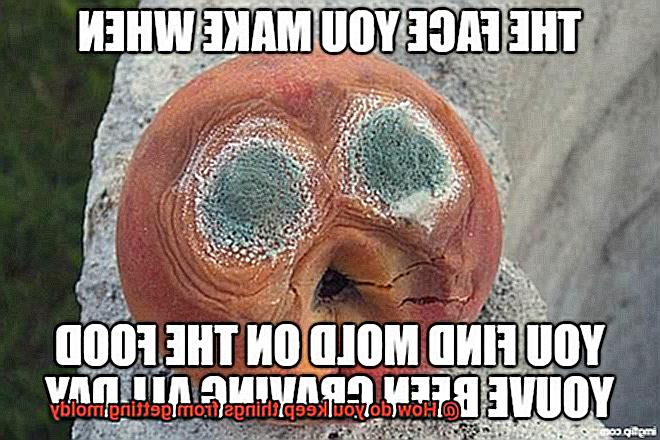
Proper ventilation is another critical factor in maintaining your home’s infrastructure. Adequate airflow helps control moisture levels, reducing the risk of mold growth. Opening windows regularly to let fresh air in and stale air out is a simple yet effective strategy. Installing exhaust fans in high-moisture areas like bathrooms, kitchens, and laundry rooms further promotes ventilation and prevents excess humidity.
Addressing plumbing issues promptly is vital in maintaining your home’s infrastructure. Leaks or moisture accumulation can create an ideal environment for mold growth. Regular inspections of your plumbing system and immediate repairs are necessary to prevent water damage and mold formation.
Adequate insulation plays a significant role in maintaining your home’s infrastructure and preventing mold growth. Proper insulation helps regulate temperature and moisture levels, reducing condensation and subsequent mold formation. Pay special attention to areas prone to moisture, such as basements, crawl spaces, and attics, when insulating your home.
Regular maintenance of your HVAC system is crucial for maintaining your home’s infrastructure and preventing mold growth. Changing air filters regularly improves airflow and reduces moisture accumulation. Annual inspections and servicing of your HVAC system identify potential issues that could lead to mold growth if left unchecked.
Controlling humidity levels is another essential aspect of maintaining your home’s infrastructure. Mold thrives in high-humidity environments, so keeping humidity levels between 30% and 50% is crucial. Using dehumidifiers in areas with excessive moisture and promptly fixing any sources of water intrusion are effective strategies to prevent mold growth.
Choosing Mold-Resistant Materials
Choosing mold-resistant materials is an essential step in preventing mold growth and maintaining a healthy living environment. Mold-resistant materials are designed to inhibit the growth of mold and mildew, providing a surface that is resistant to moisture absorption. When selecting these materials, it is important to consider their specific applications and levels of resistance. Here are some common mold-resistant materials and their uses:
- Mold-Resistant Drywall: Drywall with additives like fiberglass is resistant to moisture and mold growth. It is ideal for areas prone to moisture, such as bathrooms and basements.
- Mold-Resistant Paint: Paint with mold-inhibiting additives prevents mold growth on painted surfaces. It is particularly useful in high-humidity areas like kitchens and bathrooms.
- Moisture-Resistant Flooring: Ceramic tile and vinyl flooring are naturally resistant to moisture and mold growth. These materials are easy to clean, making them suitable for areas with moisture exposure, like bathrooms and laundry rooms.
- Insulation, Caulk, and Sealants: These materials create a moisture barrier, preventing mold growth in walls, windows, and other vulnerable areas.
When choosing mold-resistant materials, it is important to read product labels carefully for testing and certification by recognized organizations. Proper installation and maintenance are crucial for maximizing their effectiveness.
Utilizing Air Conditioners or Dehumidifiers
In addition to using mold-resistant materials, another highly effective strategy in preventing mold growth is to utilize air conditioners or dehumidifiers. These appliances play a crucial role in reducing the humidity levels in a space, creating an environment that is less conducive for mold to grow.
Mold thrives in environments with high humidity, typically above 60%. By using air conditioners or dehumidifiers, you can lower the humidity level to below this threshold, inhibiting mold growth and keeping your space mold-free. Let’s delve deeper into the advantages and disadvantages of these appliances.
Air conditioners are particularly beneficial in hot and humid climates where moisture buildup is common. They work by removing heat and moisture from the air, effectively reducing the overall humidity level in a room. This not only creates a more comfortable living space but also makes it less favorable for mold growth. It’s important to set the air conditioner at an appropriate level within the ideal range of 30% to 50% humidity. Setting it too low may cause the air to become too dry, potentially leading to other issues such as respiratory problems or dry skin.
On the other hand, dehumidifiers are specifically designed to extract excess moisture from the air. They have a reservoir that collects the water, which needs to be emptied periodically. Dehumidifiers are more versatile than air conditioners and can be used in any climate or season to control humidity levels. Similar to air conditioners, it’s crucial to set the dehumidifier at an appropriate level within the ideal range of 30% to 50% humidity.
Regular maintenance of both air conditioners and dehumidifiers is crucial for their effectiveness. Filters should be cleaned or replaced regularly to ensure proper airflow and prevent mold from growing within the appliance itself. It’s also important to empty and clean the reservoir of a dehumidifier regularly to prevent mold and bacteria buildup.
While air conditioners and dehumidifiers are powerful tools in preventing mold growth, they should not be relied upon as the sole solution. Other preventive measures such as proper ventilation, fixing leaks or water damage promptly, and reducing clutter should also be implemented to create an environment resistant to mold growth.
Providing Adequate Ventilation
Ensuring adequate ventilation in your home is not just about maintaining a pleasant atmosphere – it’s about safeguarding your health and protecting your property. Inadequate ventilation can lead to the growth of mold, which poses serious health risks and can cause significant damage to your home. To prevent these issues, there are several key steps you can take.
Firstly, consider installing exhaust fans in areas prone to moisture, such as bathrooms, kitchens, and laundry rooms. These fans are specifically designed to remove excess humidity from the air, effectively reducing the chances of mold growth. If exhaust fans aren’t an option, opening windows and doors is a simple yet effective way to allow fresh air to circulate. This helps to dry out any moisture present and prevents the buildup of mold.
Regularly inspecting and cleaning ventilation systems is also crucial. Dust and debris can accumulate in air ducts and vents, obstructing proper airflow and promoting mold growth. By cleaning or replacing filters and removing any build-up, you can maintain good air quality and prevent the spread of mold.
In areas where natural ventilation is limited, such as basements or crawl spaces, consider installing mechanical ventilation systems. These systems actively circulate air and remove excess moisture, significantly reducing the risk of mold growth.

Proper maintenance of heating, ventilation, and air conditioning (HVAC) systems is paramount for adequate ventilation. Regular cleaning and inspection ensure that these systems are functioning efficiently in providing fresh air and removing excess humidity.
Controlling indoor humidity levels is another crucial aspect of preventing mold growth. Maintaining a humidity level below 50% inhibits the conditions necessary for mold to thrive. Using dehumidifiers in damp areas or during humid seasons can help maintain optimal humidity levels.
Additionally, it’s important to insulate and seal windows, doors, and walls to prevent moisture from entering the home and reduce condensation on surfaces.
Lastly, promptly addressing water leaks and sources of moisture is vital. Fixing leaks, drying wet surfaces, and resolving plumbing issues prevent the growth of mold. Regularly checking for signs of water damage, such as discoloration or musty odors, is essential in identifying and resolving potential problems.
Addressing Leaks and Water Damage Promptly
Addressing leaks and water damage promptly is crucial for several reasons.
First and foremost, a delayed response can lead to more extensive damage. Water has a knack for finding its way into hidden nooks and crannies, causing structural damage, rotting wood, and weakening the integrity of your home. The longer you wait to address the issue, the more expensive and time-consuming the repairs will become.
In addition to structural damage, one of the most significant consequences of water damage is mold growth. Mold thrives in moist environments, and even a small leak can create the perfect breeding ground. Mold not only damages your property but also poses serious health risks. Exposure to mold can cause respiratory issues, allergies, and other health problems, especially for those with compromised immune systems.
To address leaks and water damage promptly, it is important to follow these steps:
- Identify and locate the source of the leak. This may require inspecting the affected area thoroughly and looking for signs of water accumulation or moisture.
- Shut off the water supply to the affected area to prevent further damage.
- Remove any standing water or excess moisture using towels or a wet/dry vacuum.
- Use fans or dehumidifiers to dry out the affected area thoroughly. Proper drying techniques are essential in preventing mold growth.
- Repair the leak or replace damaged pipes or fixtures. Using high-quality waterproof sealant or tape ensures a tight seal that will prevent further water damage.
- Consult with professionals if the water damage is extensive or if you are unsure about how to proceed. They have the knowledge and expertise to properly assess the situation, identify hidden sources of water intrusion, and provide effective solutions for repair and restoration.
Taking preventive measures is also crucial in minimizing the chances of future water damage:
- Regularly inspect your plumbing system, roof, gutters, and windows for leaks or signs of wear. Catching potential issues early on can prevent further damage.
- Maintain your home’s drainage system to prevent water accumulation around your foundation or basement. Clean out gutters regularly and ensure proper grading away from your home.
- Educate yourself about the signs of water damage and mold growth to be able to address them promptly. Being proactive in identifying and addressing these issues can save time, money, and potential health concerns associated with mold exposure.
Conclusion
Preventing mold growth is essential to maintaining a clean and healthy environment.
By implementing a few simple strategies, you can keep your belongings safe from the clutches of mold. Regular cleaning and maintenance are key.
Make sure to wipe down surfaces regularly with disinfectants to remove any moisture that may promote mold growth. Keep your home well-ventilated by opening windows and using fans or dehumidifiers to reduce humidity levels.
Proper storage is crucial as well; use airtight containers for food items and ensure that clothes and other textiles are completely dry before storing them away. Don’t forget about proper drainage in areas prone to moisture, such as bathrooms and kitchens.
Lastly, be mindful of your indoor plants – they can contribute to excess moisture in the air if overwatered or not properly drained.



